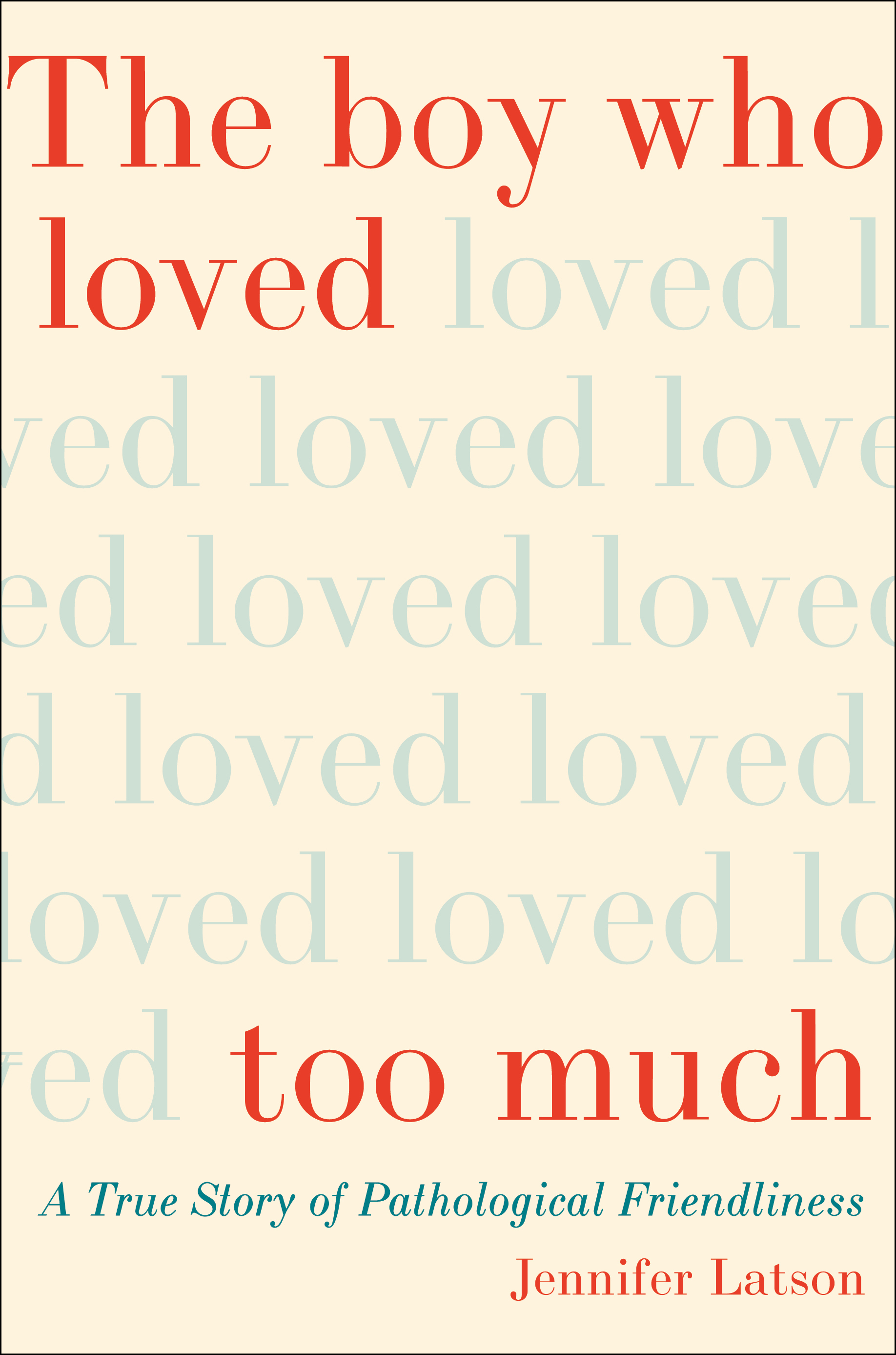
Many people go their whole lives without meeting someone who has Williams syndrome. But for those of us who do, the experience can feel magical.
The disorder, caused by a genetic deletion that affects one in every 10,000 people, produces unique and surprisingly endearing symptoms. Most people with Williams are extremely outgoing and friendly — they tend to hug everyone they meet. Despite intellectual disabilities, they’re talkative, witty and tremendously charming. They’re also highly musical, some of them so much so that they are considered savants. And they have a distinctive set of facial features, which have been described as “elfin”: upturned noses, high cheekbones, wide smiles and pointed chins.
The disorder, identified in the 1960s, was in fact originally called “elfin face syndrome,” and the physical and behavioral similarities shared by people with Williams and storybook elves haven’t been lost on researchers. Some folklorists even believe that such people may have been the real-world models for their fictional counterparts. The likeness is uncanny, as I discovered while researching a book about the syndrome, following the lives of a boy with Williams syndrome and his mother. The mother was so struck by her son’s resemblance to Puck, the mischievous elf from A Midsummer Night’s Dream, that she hung a Victorian illustration of Puck and the fairies in her living room.
Biologist Howard Lenhoff, who studied Williams syndrome after his own daughter was diagnosed with the disorder, once told the Los Angeles Times, “It seems logical to me, and to others, that the legends we hear about music-loving, kind-hearted fairies and elves might be the way people used to talk about Williams.”
Take the music-loving “faery elves” of Milton’s Paradise Lost (1667), “whose midnight revels… some belated peasant sees, or dreams he sees, while … they on their mirth and dance intent, with jocund music charm his ear.”
Or consider the kind-hearted elves who appear in some of the fables collected by the Grimm brothers in the 1800s. In one tale, elves sneak into an elderly cobbler’s workshop during the night to make shoes while he sleeps off his exhaustion. In another, they free a servant girl from her masters.
Centuries before scientists pinpointed the genetic cause of Williams syndrome, in a time when illness was routinely blamed on witchcraft and demonic possession rather than on germs and genetic abnormalities, the disorder would have been more easily explained by magic than by science. People with Williams must have seemed otherworldly then; they still do, in some ways.
“I find myself not wanting to say ‘people with Williams syndrome’ — I want to say ‘Williams people,’” neurologist and author Oliver Sacks once observed. “They do seem to be a people with an identity of their own … These are a different sort of people.”
Apart from inspiring folktales, people with Williams also may have been in demand as court jesters in medieval and Renaissance Europe. Their musicality and good humor, their way with words and their eagerness to please would have made them popular as entertainers. The historian Suzannah Lipscomb argues that many, if not all, the court “fools” of England’s early Tudor period were people with learning disabilities. And although these roles were exploitative, they were also a place of privilege that gave people with intellectual disabilities a more visible and prestigious place than they occupy in contemporary society.
Lipscomb makes the case that Henry VIII’s beloved court jester Will Somers was intellectually disabled because records show that Henry paid a caretaker to look after him. Somers, a consummate punner and a gifted storyteller whose witticisms were recorded in popular books of the time, was known for the kind of verbal dexterity that is one of the hallmarks of Williams syndrome, though it wouldn’t have been identified as such in the 16th century. (In fact, scientists didn’t trace the disorder’s genetic roots until the mid-1990s.)
Still, while “fools” were well cared for in the royal court — where they enjoyed expensive clothing, fine food, and the king’s favor — they weren’t equals. They were there to encourage laughter, whether it was with them or at them.
Likewise, the connection between fairytale elves and real-life people with Williams can take on a darker gloss if examined closely. Elves may be charming and lovable, but there’s one thing they aren’t: human. And not every fairy tale offers a rosy view of elf-human relations. In some stories, elves are mischievous; in some they’re downright cruel. When wronged, they are apt to seek revenge.
These elfin attributes reflect our own collective fears better than they do the tendencies of the people who inspired them, of course. Real people with Williams are the least likely among us to even contemplate vengeance, or cruelty of any kind.
There are also more troubling tales, one of which is recorded by the Grimms, of elves stealing healthy human babies and leaving deformed or disabled changelings in their place. While versions of this story could have been an early attempt to explain how elfin babies — or real-life children with Williams and other intellectual disabilities — appeared in the human realm, they also indicate a level of wariness toward these otherwise benevolent beings. Elves may be warmhearted, for the most part, but they are still outsiders. Their magical natures evoke both delight and alarm. And as a reflection of historical attitudes, the stories about them, too, are equal parts delightful and disturbing.

Jennifer Latson is the author of The Boy Who Loved Too Much (Simon & Schuster, 2017).
More Must-Reads from TIME
- Cybersecurity Experts Are Sounding the Alarm on DOGE
- Meet the 2025 Women of the Year
- The Harsh Truth About Disability Inclusion
- Why Do More Young Adults Have Cancer?
- Colman Domingo Leads With Radical Love
- How to Get Better at Doing Things Alone
- Michelle Zauner Stares Down the Darkness
Contact us at letters@time.com